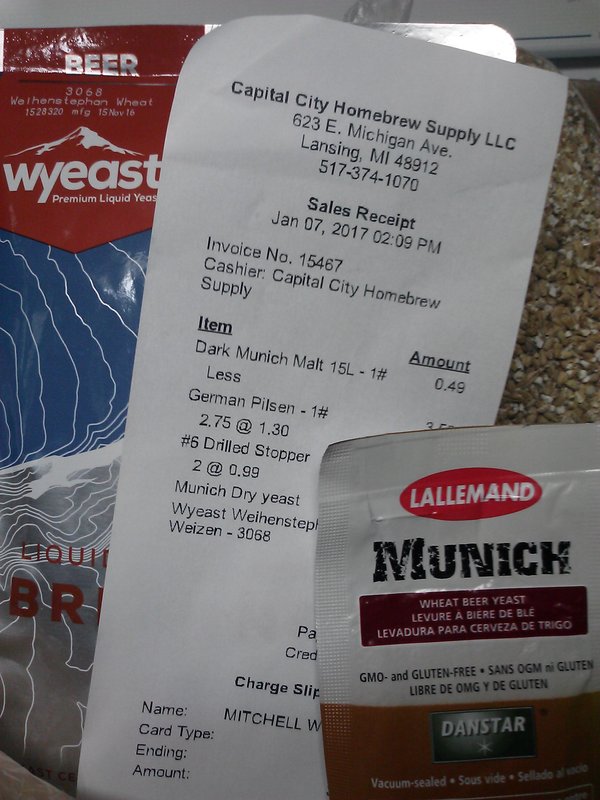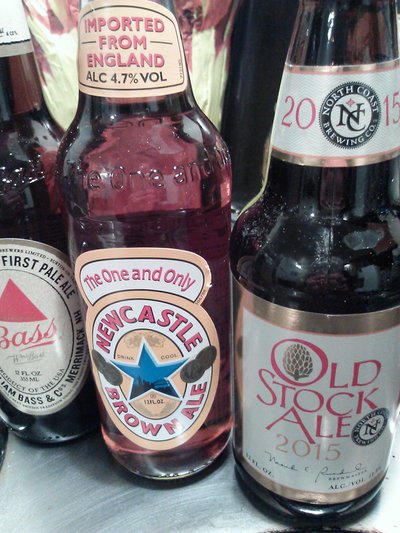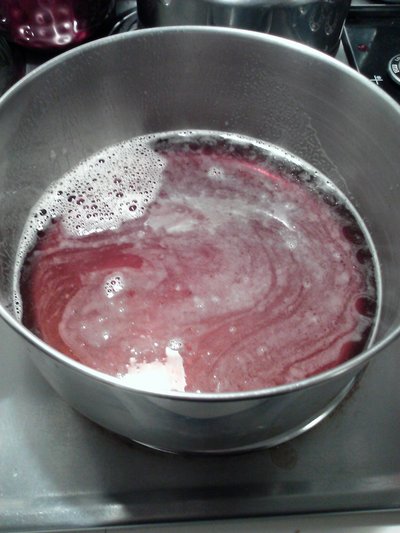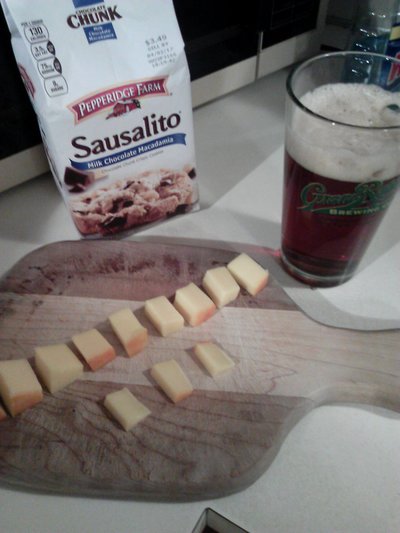Recent Research: The New World Guide to Beer by the late Michael Jackson, copyrighted 1988, contains a lot of information about Weizenbiers. I believe I'm getting closer to what the Paulaner clone should be. The style is associated with the Hofbrauhaus in Munich but also with Bavaria's Weihenstephan brewery. Primary fermentation makes use of only 1 top fermenting yeast to get a clove like aroma. This wheat beer must have 4-5 days fermentation at the warmer end of the yeast range, probably, to get the apple esters. The beer then would get 1 - 2 weeks cold lagering followed by warm conditioning with an addition of yeast in the bottles for 4 - 5 more days before they were ready. Weizenbier yeasts may have clove or green apple flavors. My analysis has lead me to believe Paulaner's Oktoberfest Wiesn is a hybrid with a wheat yeast for clove and phenol flavors added to strictly a barley blend of grains (no wheat) much like an Oktoberfest beer. I'll be focusing on wheat beer yeasts now. I'm following the procedure above, except this time, I won't be trying the warm conditioning in bottles after the cold lagering.
Goal: Test 2 kinds of wheat yeasts to try to get clove phenols and apple esters using part of the Munich (or Bock) method of brewing. Wiezen beers are usually brewed on the cold end and then moved to warmer end of ideal yeast fermenting temps; I fermented 1 yeast for 5 days on the basement floor and then 5 days on a shelf near the ceiling of the basement to get the warmer temps. The other yeast was done in the opposite manner - first warm end and then the colder end.
Real Objective: See which one of the 2 yeasts comes closer to producing a Paulaner Wiesn clone with the right clove and apple flavors.
Malt: German Pilsner 2.75 lbs and Dark Munich Malt 0.25 lbs to make 3 lb batch.
Hops: Hercules and German Tradition
Water: Produced Munich water again by pouring out 1 pint of a gallon of RO water and replacing it with 1 pint of Brita filtered city of Lansing water. Added 1/8 tsp of Calcium Carbonate. I mix this by shaking the modified RO water, periodically, 4 hours before mashing. I usually mix this the night before. I got a second gallon of RO water ready turning it into Munich brew water also.
Soak: I soaked the grains in the brew water 2 hours before mashing.
Mash: 1/3 of the mash water (thin mash) was boiled separately and placed in the pot with remaining grains to try to get 80 to 104 F. After replacing the boiled water, the whole pot was taken to 104 F using the stove dials, covered, removed from the burner and left for 10 minutes. Next, 1/2 the mash water (thick mash with a lot of grain) was removed and boiled for 15 minutes separately, stirring constantly and placed back with the remainder of grains to get to 118 - 122 F. I didn't always hit the temp, so I again raised the whole pot to 122 F and rested the whole pot off the burner with cover on for 10 minutes. I then repeated the last step again with a thick mash of grains, boiled for 30 minutes, stirring constantly and added back with rest of the mash to aim for 140 - 144 F. I again raised to 144 F for a 10 minute rest off the burner with the cover on again. Next, a 1/2 of the brew water (thin mash) was boiled, with Hercules hops added and then added back with the mash to hit a temperature of 162 to 167 F. Rest for 10 minutes off the burner with cover on. The whole mash was again raised to 167 for another rest off the burner with the cover on for a 10 minute rest. The mash was raised to the 167 F with another rest off the burner and cover on for 5 more times. After the last time, the pot rested off the burner and cover was on for 1 hour. Extra brew water was only added after boilings to get to the water level back to the starting point.
No Mashout as it is not called for in the Munich method.
Lauter/Sparge: Using first runnings only, 15 minutes was all that was required to drain the grains.
Boil: Shorter 15 minute boil and since there were plenty of boilings during the mash. This short boil starts with 2 pinches of German Tradition hops for aroma.
Ferment: Split the batch into 2 half growler bottles with separate yeasts at different heights in basement. Basement floor was 58 - 60 F and near basement ceiling, on the shelf, was about 67 F. One was started on the warmer side while the other was on colder side of the yeast range. 5 days into fermenting I switched their places. We got real cold for a few days so the one that was supposed to be on the cold end wasn't as cold as I decided to place it in on the work bench (halfway between the temperatures).
Bottled: Bottled after 12 day ferment with added normal table sugar for carbonation on February 9, 2017.
Lagering: Cold conditioning of the bottles in the mini-fridge will be kept at 47 F for 5 weeks.





 RSS Feed
RSS Feed
